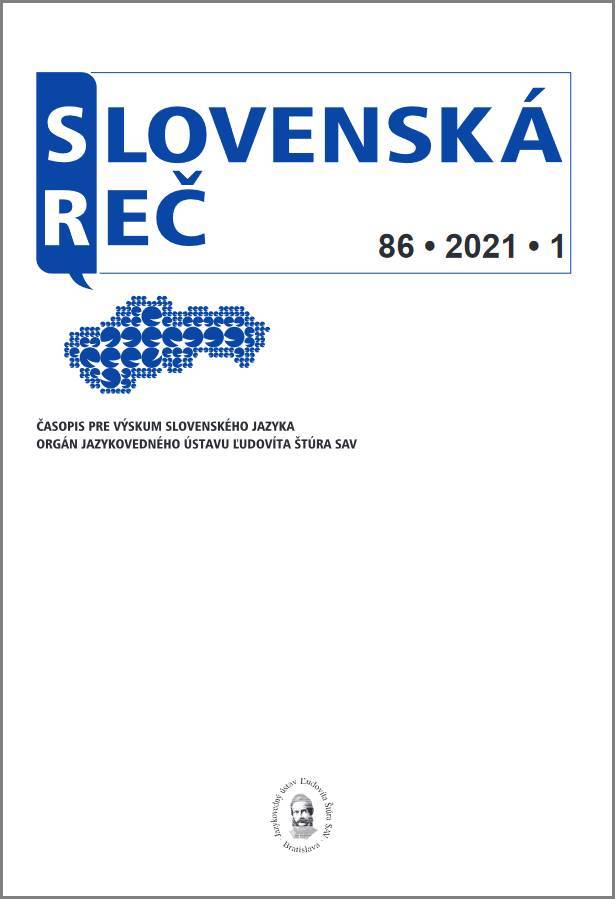Niekoľko úvah o fige borovej (s osobitným zreteľom na vzájomný vzťah frazeologických foriem figu borovú vs. figa borová)
Some Reflections on the Slovak Phraseme "figu borovú" (with Special Regard to the Mutual Relation of Phraseological Forms "figu borovú" vs. "figa borová")
Author(s): Viera KováčováSubject(s): Language and Literature Studies, Theoretical Linguistics, Applied Linguistics, Sociolinguistics, Phraseology
Published by: SAV - Slovenská akadémia vied - Jazykovedný ústav Ľudovíta Štúra Slovenskej akadémie vied
Keywords: figa borová; figu borovú; absolutely not; nothing at all; validity as parts of a sentence: subject - object; particle; gesture;
Summary/Abstract: This paper focuses on the Slovak phraseme "figu borovú" (expressing the meaning a) absolutely not b) nothing at all), which is presented in Slovak lexicographic literature as a phraseme with the highest degree of morphological restriction (restricted to the form in the accusative of singular). However, the material in the Slovak National Corpus (sub-corpus of Slovak texts available on the web), in addition to the accusative form, also offers examples of the nominative type "figa borová". The paper maps the occurrence of these forms and analyses them from the functional semantic and morphosyntactic aspects. A natural part of the topic is also the socio-cultural dimension of the lexical unit "figa borová", which is also related to its gestural anchoring (the gesture: a thumb inserted between the index finger and middle finger). The core of the study is therefore preceded by an introduction to the gestural paralinguistic background and a look at lexicographic works of synchronic and diachronic character capturing the semantic structure of the noun figa. Special attention is paid to the relationship of phraseological units mať, dostať, dať (to have, to get, to give) figu borovú – mať, dostať, dať (to have, to get, to give) šušku borovú, from the attributive aspect, that is, in the line of model – analogy with relation to the adjective borový, which is their component part.
Journal: Slovenská reč
- Issue Year: 86/2021
- Issue No: 1
- Page Range: 21-35
- Page Count: 15
- Language: Slovak

